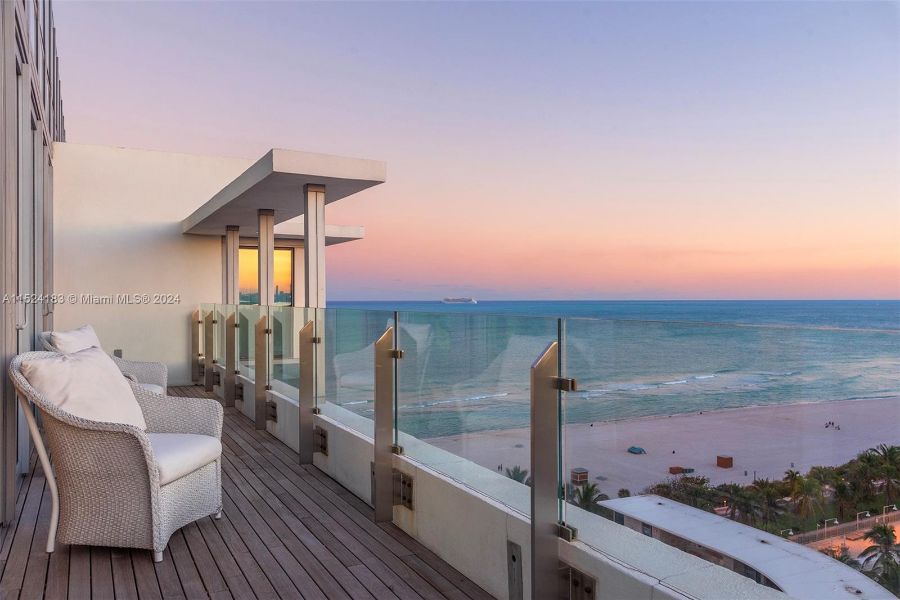By Alexander Powers, BHS Content Team
Situated on a high hill overlooking the Hudson River is a gothic castle few would expect to see in Manhattan.
The Met Cloisters, the only museum in the U.S. dedicated exclusively to showcasing art from the Middle Ages, is governed by the Metropolitan Museum of Art. However, the museum offers a strikingly unique experience of its own, as well as a fascinating history.

The Cloisters' roots can be traced to two central figures: George Grey Barnard and John D. Rockefeller Jr. Barnard, a celebrated early 20th-century sculptor, was known to buy and trade medieval sculptures and architectural relics, eventually developing an impressive collection that he would go on to display in his own museum in upper Manhattan. When it came time to sell the museum in 1924, the Metropolitan Museum of Art—using funds provided by Rockefeller, a medieval art enthusiast—purchased Barnard's collection, showcasing it alongside pieces donated by Rockefeller himself.

So grand was this branch exhibition that the Met eventually decided it would need its own home. Supported by Rockefeller, over 66 acres of land just north of Barnard's original museum were purchased and converted into what we now know as Fort Tryon Park—all with the intention of building a dedicated museum on the grounds.
Rockefeller employed the talents of Charles Collens—an architect known for designing Neo-gothic style churches in NYC, including Harlem's Riverside Church—to envision the museum's overall design. Collens would draw inspiration from various medieval European monasteries, castles, and churches. Joseph Breck, who previously served as the curator for the Met's Decorative Arts Department and the museum's assistant director, brought the interiors to life with Romanesque and Gothic-inspired details and finishes.
After his passing in 1933, Beck was replaced with James Rorimer, who oversaw the museum's final stages of construction. Rorimer would go on to become director of the Cloisters and eventually the Met itself.
The resulting structure was one that many have heralded as a pinnacle achievement in American museum architecture.
Since opening in 1938, the Cloisters has delighted visitors far and wide with its regal design and jaw-dropping displays of medieval art and artifacts, including paintings, sculptures, stained glass, tapestries, and more. Much like the cloisters of the Middle Ages, the museum's grounds are intended to offer a tranquil space to reflect and re-energize, all while transporting guests to a different time and place.

When walking around the picturesque grounds of The Cloisters, you find yourself immersed in the history and romance of the Middle Ages.

Along with scenic views of the Hudson River, the museum features impeccably maintained courtyards and gardens, allowing visitors a chance to relax and absorb its artful design and natural beauty.

Inside, various rooms and chapels incorporate stonework, columns, and other elements sourced directly from actual medieval structures throughout Europe.

In addition to a permanent collection that includes original pieces donated by Barnard and Rockefeller, the museum is ever-growing, accumulating and showcasing new works throughout the year.

Given its location, the Cloisters offers a quiet yet exciting escape from the hustle and bustle of lower Manhattan. It is an ideal destination for anyone looking to spend a day admiring art, architecture, and nature in tandem.

